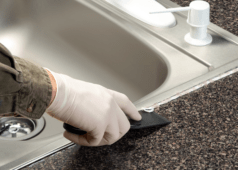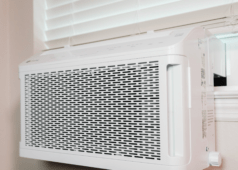Large Furniture Moving: Tips for Easy Relocation
Modern furniture is often easier to move than pieces made just a decade or so ago. Modern designs allow couches, chairs, and dining sets to be easily disassembled into smaller pieces for carrying out a narrow door or navigating a tight landing pad. That wasn’t always the case.
Moving large, odd-shaped furniture through narrow openings might seem impossible, but there are a few techniques that can make the job a lot easier. You will want to get an idea of the various methods possible for handling large pieces of furniture, making your next move a breeze.
Furniture Specifications Standards

The Uniform Building Code, the rules for home and business construction, require all outside doors to be at least 36” wide. Known as a “3-0 door” (three feet zero inches), these are designed to allow large pieces of furniture and appliances to be moved into or out of a home.
Appliance and furniture designers know the 3-0 limit and construct their products to meet this standard. The keyword here is meet, not make it easy to move, within the standard.
A couch can fit straight through a 3-0 door or be tilted a bit to allow a 36” wide exposure, but it might be too long to go straight into a room. If you find that seven-foot couch still sticking a couple of feet outside the door, you don’t have to take the couch back, but you do have to be a little creative.
Utilizing Three-Dimensional Technique

If the couch is too long while you’re moving it in with people holding in on both ends, try thinking in three dimensions. By lifting one end of the couch high and leaving the other end on the ground, you’ve shortened the linear distance between the door and the inside barrier.
This method will allow that seven-foot couch to only be about five feet long. Also, you will have to be careful to avoid obstructions up high, such as lights, paintings on the wall, or a chandelier.
Try the Spin Method for Small Spaces
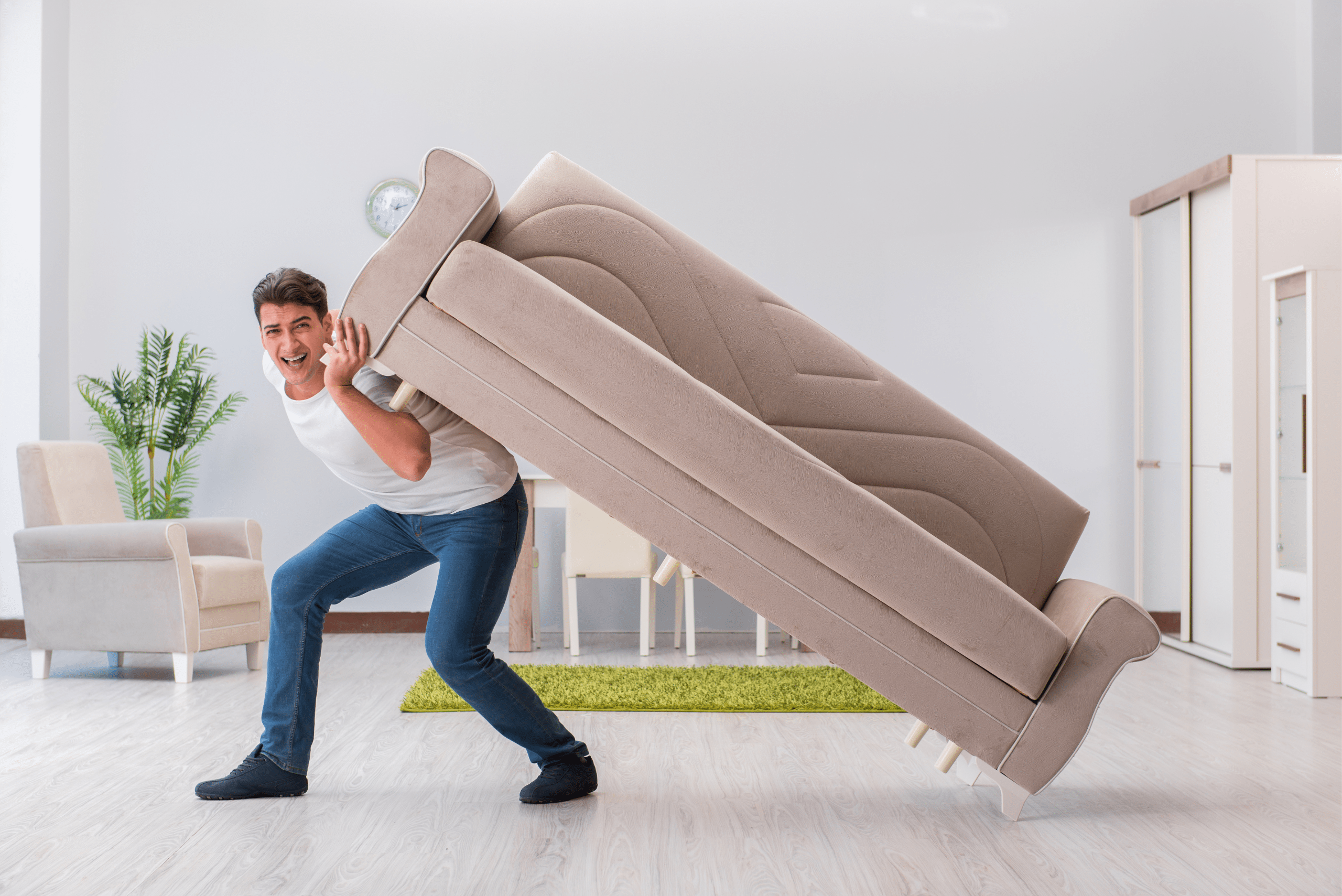
Once you’re inside the room, you can turn the couch in the direction you want it to go. If you can’t do that, stand the couch vertically, spin it on the base, and drop it down in the direction you want to go.
This technique works for chairs and some tables as well, but it’s recommended to have a second person spotting the furniture while spinning it to avoid hurting yourself or your home’s walls.
Understanding the Table Swing Method
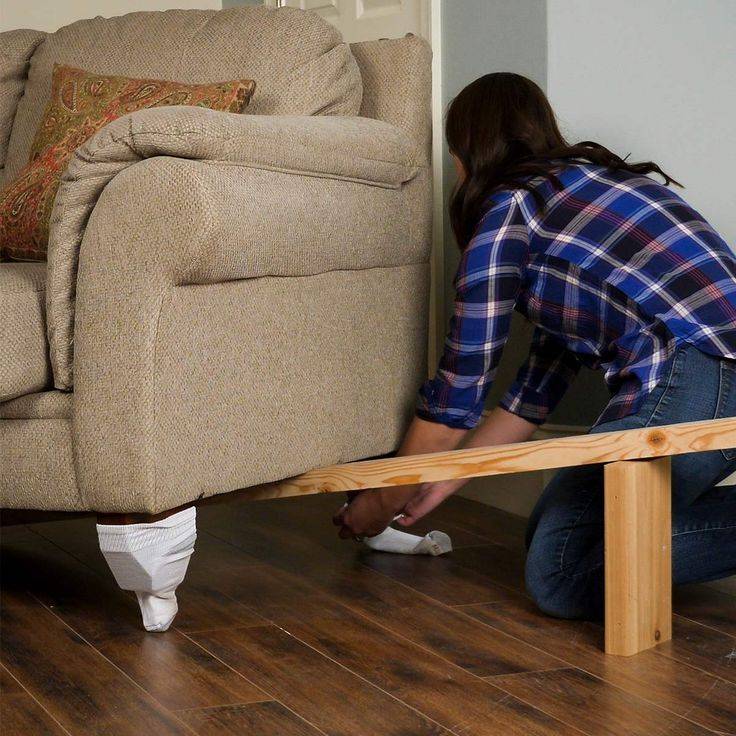
Most tables should be taken inside on their side. This allows you to move the legs around the door frame to get it inside the house. Walk it forward a few feet, then swing the table back towards the door feet first. This allows you to slide that table around the door and into the home.
If you have an appliance that is 36 inches wide, it will just fit inside a doorway if the door doesn’t have hinges or a screen door extending into the opening. Thankfully, most new appliances arrive with a maximum width or height of 32 inches. That still means a tight fit.
Remove Doors for Easy Appliance Moving
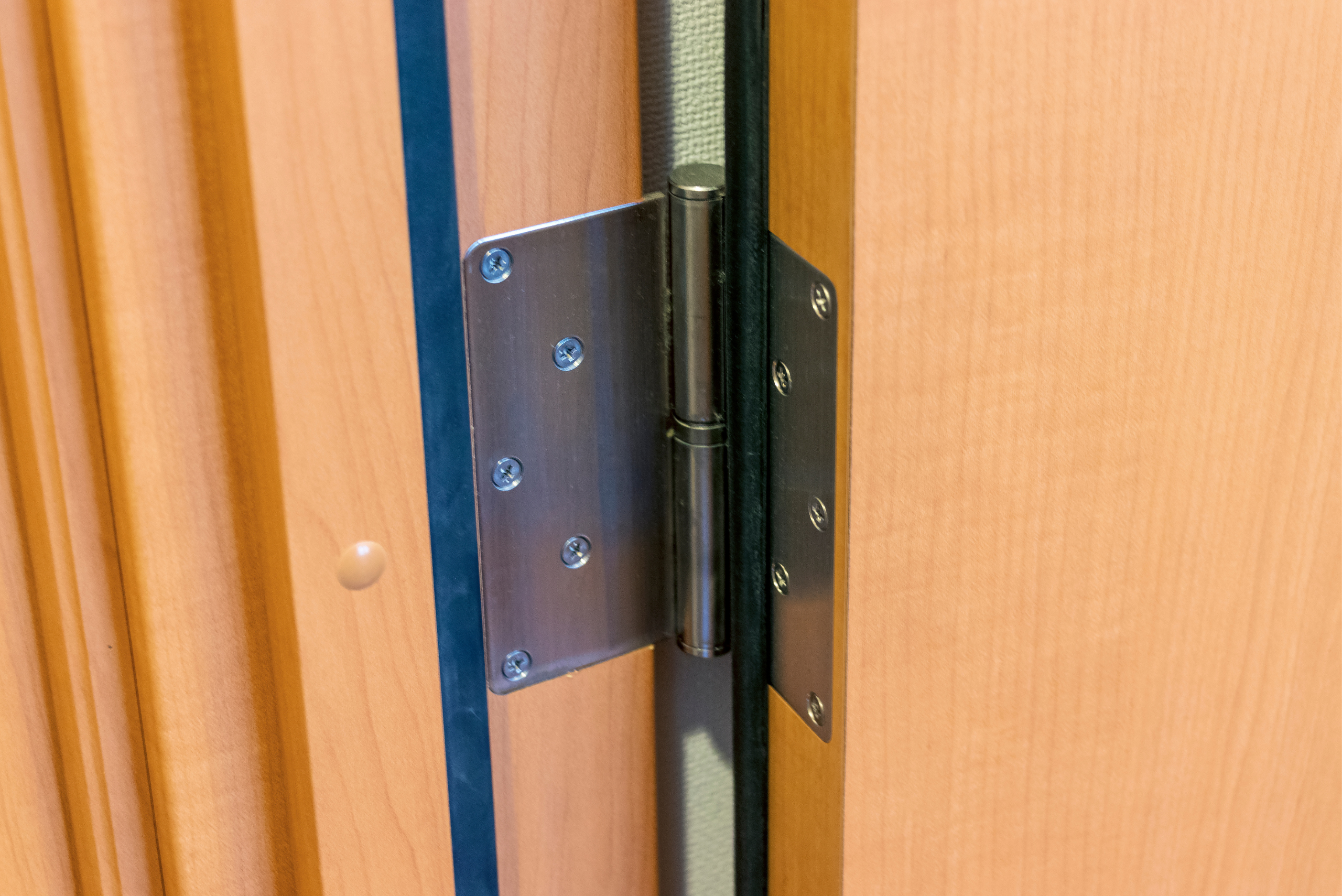
When moving in a freezer, refrigerator, washer, or dryer, often the best thing to do is remove the door. Locate the hinges, get a small Phillips head screwdriver and a hammer, then drive the pins up and out of the hinges.
Start at the bottom hinge, then the top, and finally the middle hinge. As the final pin comes out, the door may sag, but usually, with the pins gone, you can just rock the door a little, and the sides of the hinge will separate. With the door out of the way, it’s much easier to move in that big appliance.
Always Put Everything Back Together
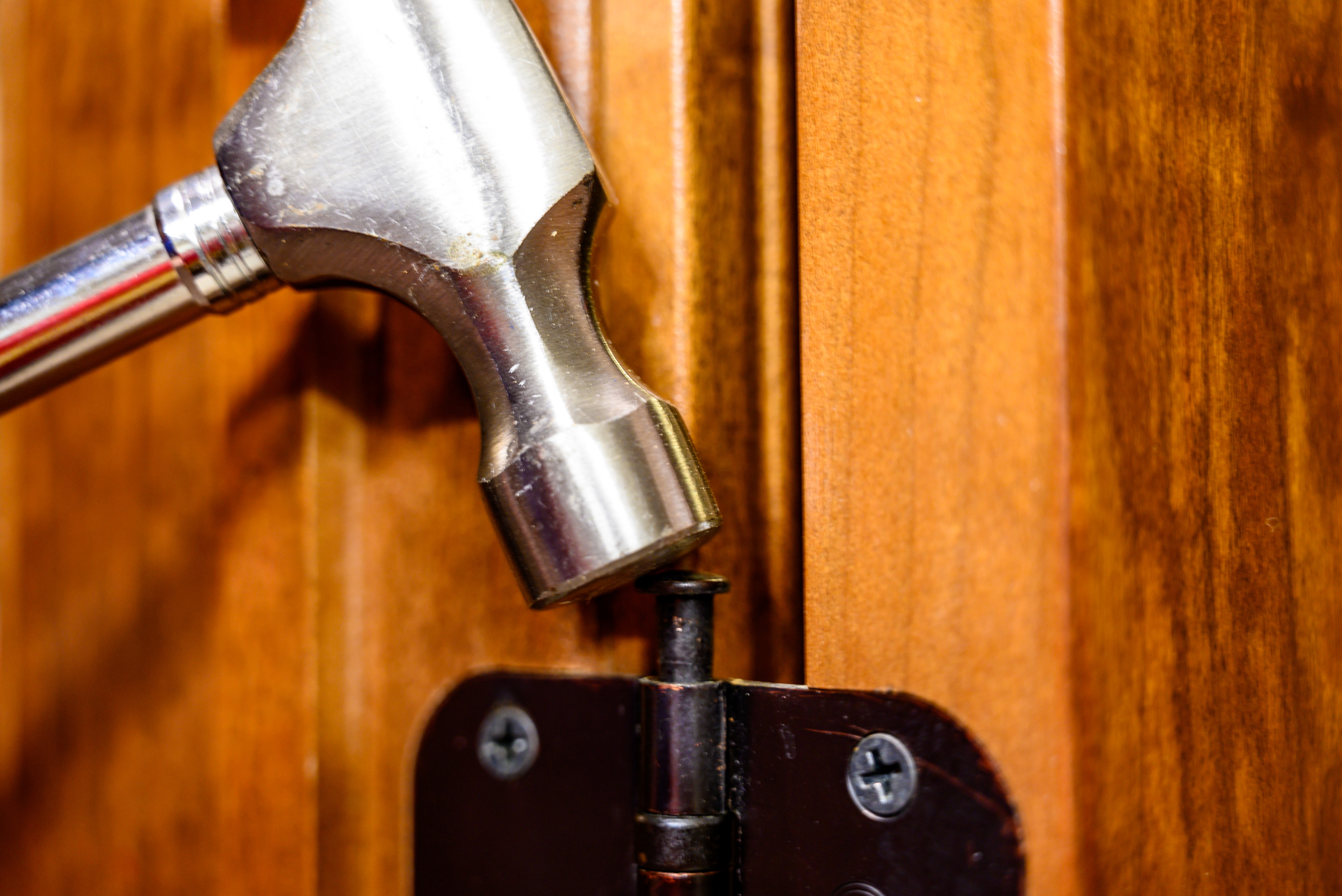
To safely and efficiently move larger and heavier furniture, you should consider purchasing or renting a moving dolly, sliding pads, or wheeled furniture pads, which will also help reduce the likelihood of accidental damage.
When you’re done with your move, you should reinstall any doors or fixtures that you had to remove to fit the larger piece of furniture through your home.

